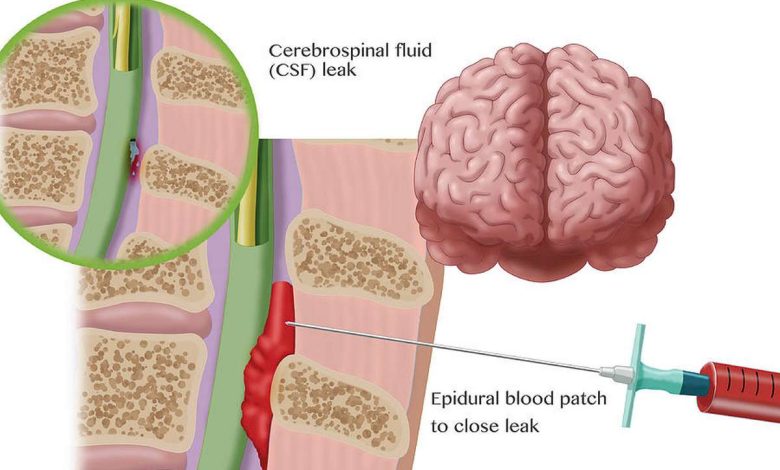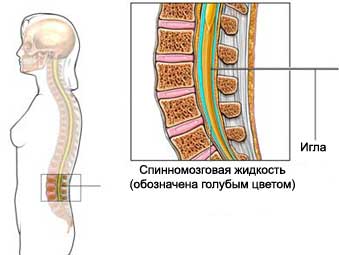Epidural blood patch, EPA: what is the procedure, causes, Contraindications, how they do it, what after

Description epidural blood patch
Epidural blood patch – procedure, whereby a small amount of blood is used to seal the puncture site in the spine, after lumbar puncture. The method allows to restore normal cerebrospinal fluid pressure.

Reasons for epidural blood patch
Epidural blood sealing is performed to alleviate pain in the spine, which does not pass on its own. Back Pain may develop after the selection of the cerebrospinal fluid, When shown in too much liquor, or there is a leak it.
This procedure is quite common.
Possible complications of epidural blood patch
Complications are rare, but no procedure does not guarantee the absence of risk. If you plan to perform epidural blood patch, you need to know about possible complications, which may include:
- Bleeding;
- Bad reaction to anesthesia, contrast agent, or sedative medications (eg, dizziness, lowering blood pressure, and / or shortness of breath);
- Infection.
Factors, that may increase the risk of complications:
- Receiving blood thinners prior to the procedure;
- Current infection.
We need to discuss these risks with your doctor before the procedure.
How is the epidural blood patch?
Preparation for the procedure
- The doctor will conduct a thorough physical exam and explain the risks and benefits of the procedure;
- We need to tell the doctor about allergy;
- Probably you will need to sign a consent form;
- It is necessary to arrange a ride home after the procedure;
- You may be asked to stop eating and drinking for 2-6 hours before the procedure;
- If possible, you will be asked to stop taking aspirin, anti-inflammatory drugs, Some additives (eg, Vitamin E), and blood thinning medication for 10 days prior to the procedure. Discuss this with your doctor.
- You may be asked to avoid taking certain supplements, such as fish oil.
- Take other medicines, normally.
Anesthesia
At the puncture site will be used local anesthesia, so you will not feel pain during the procedure.
Procedure epidural blood patch
The operating arm will put two needles and connected to the droppers for feeding drugs, introducing fluids into the blood and contrast agent. You may be given a sedative, to alleviate anxiety.
You will lie face down on the treatment table. The doctor will wash and sanitize your back. It can be used X-ray machine, to help the doctor to enter the thin needle to, where cerebrospinal fluid flows. Doctor Oberst excreted small amounts of blood, and introduce it into the desired area of the spine. Will form a clot, which will close the leak of cerebrospinal fluid.
How long will the epidural blood patch?
About 30 minutes.
Epidural blood patch – Will it hurt?
You will be awake and lie still during the procedure. Local anesthesia should block any pain. You may feel a slight pressure during the needle insertion.
The average hospital stay
Rested, you will be able to go home the same day.
Care after epidural blood patch
Care in a hospital
- To restore, you will be directed to a few hours in the recovery room;
- After the procedure, you need to lie down for a while;
- Will monitor the vital parameters and introduced the necessary liquid;
- After a few hours you will be able to get up and move around.
Home Care
Upon returning home, you need to perform the following actions, to ensure the normal recovery:
- Maintain bed rest and return to the movement in the first 24 hours;
- 2-3 day should be avoided sharp movements, heavy lifting or strenuous physical activity;
- Drink plenty of fluids. You can eat normal food;
- Gradually return to daily activities;
- Be sure to follow your doctor's instructions.
Contact your doctor after an epidural blood patch
After returning home, you need to see a doctor, If the following symptoms:
- Continued pain or discomfort (more than 24 o'clock);
- Signs of infection, including fever and chills;
- Weakness, numbness or abnormal sensations in the extremities;
- The problem of emptying the bladder or bowel;
- Kryvosheya (stiff muscles).
